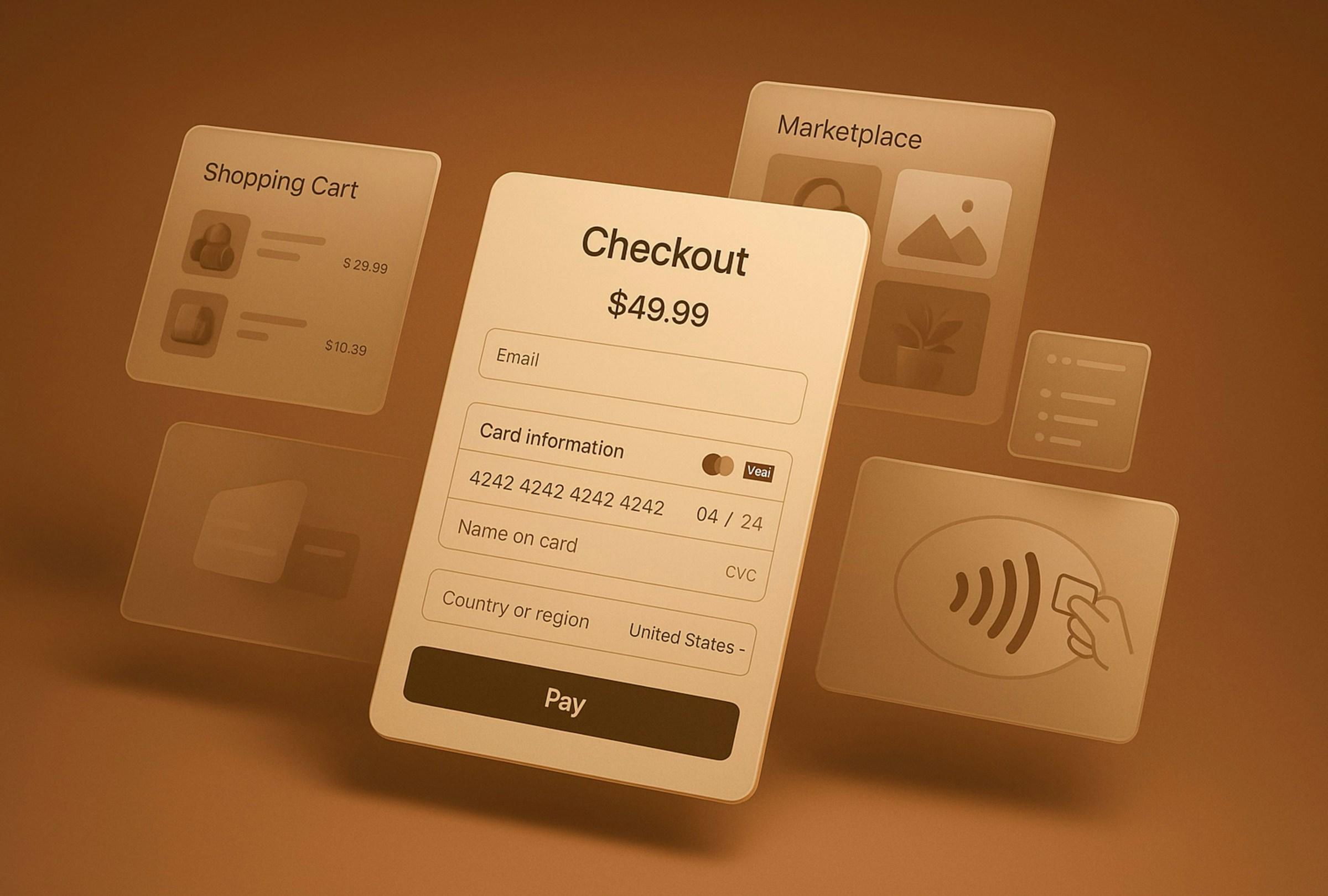Gifting in business is often misunderstood as a seasonal errand or a box to tick before conferences. Teams order items that look thoughtful, procurement approves because the unit price seems harmless, and sales hands them out because an event is coming up. The cycle feels generous yet leaves little trace on results. What actually matters is not the object itself but the system around it. When gifting is designed as a growth mechanism with clear ownership, precise timing, and measurable outcomes, it begins to create the kind of trust that unlocks meetings, accelerates decisions, and repairs moments of friction. When it is treated as shopping, it becomes noise. The difference between those paths is a matter of structure and intent.
A useful way to shift thinking is to start with the outcome rather than the item. A gift inside a growth model exists to move a moment in the funnel. There is a door to open with a strategic prospect who rarely replies. There is a milestone to mark after a pilot proves value. There is a recovery to make after a service miss. Each of these moments deserves a different tone, a different note, and a different ceiling on cost. When the moment is named, selection becomes easier and measurement becomes honest. If a door opener is chosen, the metric is a response or a scheduled meeting. If a milestone gift is chosen, the metric is the breadth of stakeholders who lean in or the speed of the next conversation about expansion. If a recovery gesture is chosen, the metric is the movement in sentiment or the reduction in renewal risk. Revenue does not come from a candle, but momentum can be nudged by a sequence in which the gift plays a small but visible role.
Ownership is the next pillar. In many teams, gifting falls through the cracks because everyone has the ability to buy and no one has the responsibility to design. A single point of accountability should own the lifecycle from criteria to stock to send. That person can sit in Growth and align gestures with pipeline stages and lifetime value, or they can sit in Customer Success and align gestures with adoption and advocacy. The department matters less than the authority to approve tiers, define triggers, and keep cadence. Without that authority, gifting drifts back into random acts of niceness that are easy to approve and easy to forget.
Journey mapping turns good intentions into a practical play. Most early stage companies do not need a dozen gift types. Three carefully chosen touchpoints often do the work. A door opener signals attention and relevance when silence is the norm. A milestone marker celebrates proof of value and invites a conversation about the next step. A recovery gesture acknowledges a miss and shows accountability without excuses. When these three moves are defined, the team can resist the temptation to add every holiday or trend. Consistency beats frequency when the goal is trust. A few precise notes, repeated with care, sound better than a cacophony of branded trinkets.
Quality in this context is not about high price tags. It is about relevance to the recipient. A small object that is genuinely useful to a specific role will outperform premium swag that exists to display a logo. Operations leaders who live inside processes appreciate tools that reduce friction. Frequent travelers value items that lighten the load of movement. People who work in public or regulated sectors have restrictions that require alternative gestures. Relevance also means planning for ease. Customs issues, office reception delays, and packaging that creates extra admin send the wrong message. A thoughtful gift should remove effort, not add it.
Values can travel through a gift as clearly as utility. Local makers, ethical suppliers, and partners that the client already respects carry stories of place and care. A simple note that explains why this partner was chosen and what the giver hopes the item encourages is often enough. The sender should sign in their own name rather than hiding behind a title. People remember names that took the time to notice them. They rarely remember job positions that appeared without a human.
Guardrails are not bureaucracy. They are the protections that keep intention clean. A few predefined tiers aligned to segment and stage reduce friction and avoid waste. Simple shipping rules prevent international bottlenecks. Light approval flows confirm that a gift serves a clear purpose for a specific recipient. Inventory tracked like a product avoids the familiar discovery of a forgotten box after an event. These boundaries are not there to slow momentum. They exist so that thoughtful action is easier to take and easier to repeat.
Triggers replace moods. A trigger can be a calendar event, a usage milestone, or a human signal such as a champion moving to a new company. When the signal fires, the gesture moves. When the signal does not fire, the team waits. This simple discipline protects budgets during tight quarters and protects meaning during busy seasons. It also lets leaders see the logic behind the spend. If someone asks why a particular gift went out, the answer points to a shared trigger rather than a personal whim.
Measurement should be honest about what a gift can and cannot do. It cannot carry a quota. It can help a prospect reply. It can help a user feel seen after a compact sprint. It can help a frustrated stakeholder accept an apology. The metric is acceptance rate, stakeholder breadth, or sentiment shift, not closed revenue on its own. When teams frame measurement in this way, they learn faster. They stop arguing about whether a tote bag closed a deal and start discussing whether the note and timing created an opening that otherwise would not have existed.
Language matters in the note that travels with the gift. The best notes sound like operators who understand the work, not marketers who copy clichés. The note should name the moment, thank the recipient for a specific action or insight, and link the object to something practical the recipient cares about. One short paragraph is plenty. The item carries the sentiment. The note carries the context. Together they carry intent forward.
Decision rights keep the practice human without turning it into a free for all. Who can send without prior approval. Who can upgrade a tier. Who can sign on behalf of the team. When signers are limited, the gesture stays personal. When managers have a small degree of autonomy, they can respond to nuance without delay. This balance prevents both rigidity and randomness. It also signals trust inside the team. People who are trusted to send something thoughtful are more likely to act with care.
Every system benefits from a pilot. One quarter with a narrow segment gives the owner enough data to refine items, notes, carriers, and timing. Which objects cleared building security without issue. Which messages landed and were quoted back by recipients. Which shipping partners were reliable. Replace what failed. Lock what worked. Then extend slowly to the next segment. The team learns without burning budget or goodwill.
Cultural and compliance context must sit inside the rules. Some markets prefer practical utility over luxury signals. Some sectors restrict or prohibit acceptance. In sensitive settings, the right move may be a donation to a cause the client cares about, with a receipt sent as a shared gesture. Another move could be a sponsored team lunch during a heavy sprint. Paying for convenience or relief often communicates more respect than an ornate item. Respect compounds faster than ornament.
Platforms can help with logistics and personalization at scale, but they should not dictate the story. A helpful platform integrates with the CRM so every gesture logs against the account. When actions are recorded, they are easier to manage and improve. The catalog is not the strategy. The rules live inside the company in the form of triggers, tiers, and language. People and process choose the gift. Software carries it.
Stories keep the practice alive. Every quarter, gather one story about a gesture that clearly accelerated trust and one story about a gesture that missed. Share them with the full team. These narratives teach fit better than a dozen slides. They make the practice safer to critique and easier to refine. They also remind everyone that details matter because people matter.
Four simple questions keep drift at bay. What outcome is the gift supposed to move. Who owns the moment. What signal earns it. How will we know it helped. If any answer is vague, the team pauses. If every answer is clear, the team proceeds. This discipline is not restrictive. It protects meaning so that the practice remains worthy of the recipients’ attention.
In the end, a gifting strategy that drives growth is a quiet system that sits between revenue and relationship. It does not replace strong delivery. It punctuates strong delivery. It uses small signals to make it easier for partners to say yes, to continue, to forgive, and to expand. When designed with ownership, triggers, and measurement, it becomes a practice the team can run even when leaders are away. That is the sign of a real system. If the sequence runs with care, clarity, and control without constant supervision, the company has built more than a program. It has built trust on purpose.
For a team that wants to begin today, the path is simple. Appoint an owner. Select three moments that matter. Write a short set of rules for tiers and triggers. Measure momentum, not vanity. Share the stories that teach. Over time, you will hear partners mention the note more than the item. You will see your team spend less but earn more replies. Pipeline reviews will include human progress alongside numbers. Language will align around a shared intention, and behavior will follow that language. What began as a task will settle into culture. What began as a gift will become a signal that your company pays attention.




.jpg&w=3840&q=75)




.jpg&w=3840&q=75)


.jpg&w=3840&q=75)


